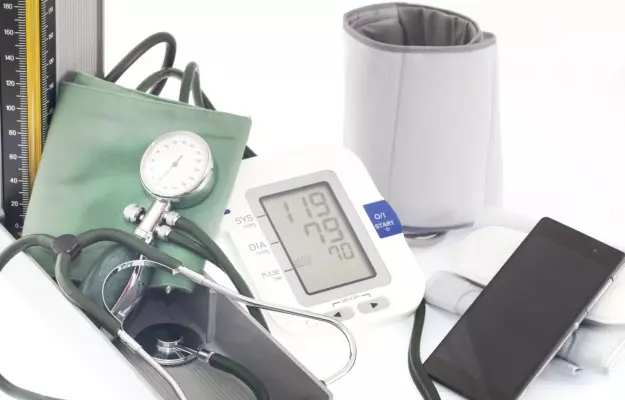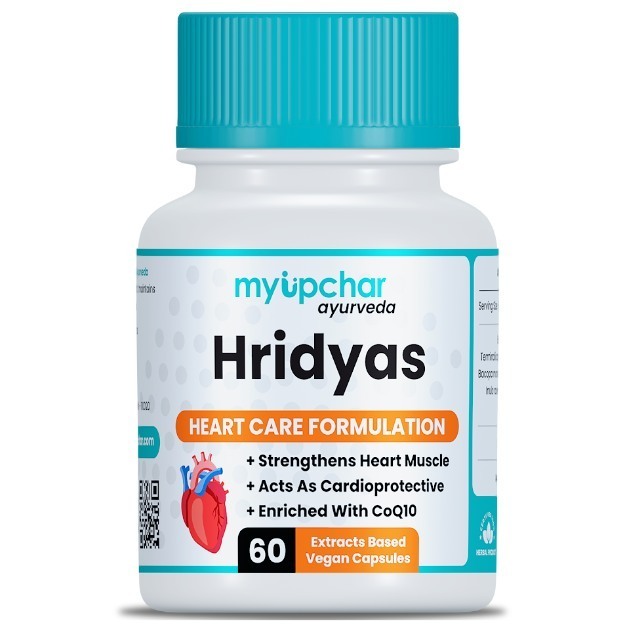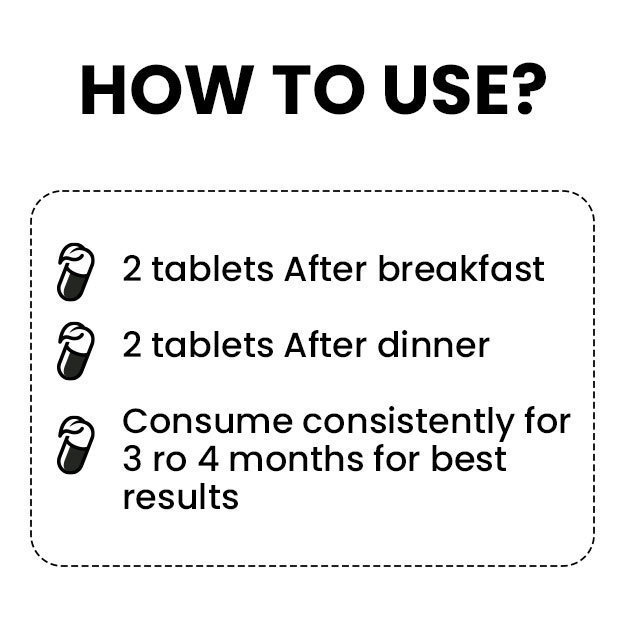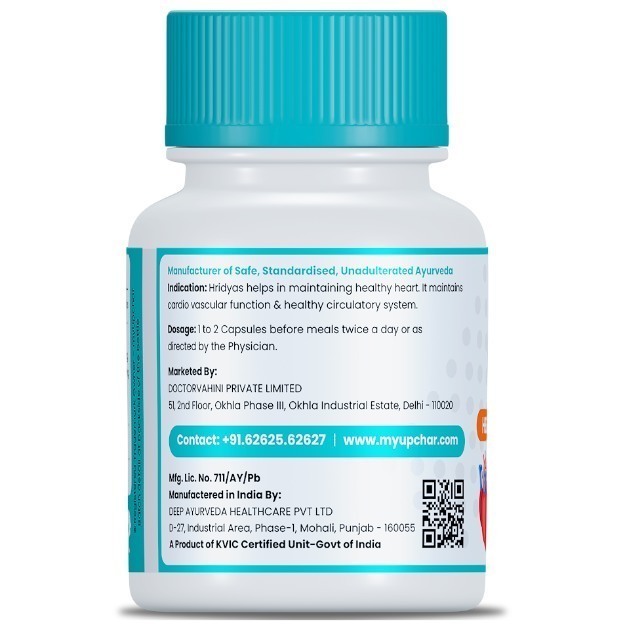Blood pressure (BP) is the amount of force that the heart uses to circulate blood throughout the body. When this pressure increases, blood races through the body which may cause damage to our arteries and veins - this may lead to conditions such as a heart attack or a stroke.
Here is the complete detail about the treatment of high blood pressure.
Measuring blood pressure on a regular basis can help you prevent health hazards like heart failure, stroke or a brain aneurysm (abnormal bulge in the wall of an artery in the brain). The machine used to measure blood pressure is called the sphygmomanometer.
The blood pressure is measured in two figures:
- Systolic blood pressure (the first pressure): It is the pressure that the heart exerts when it pushes the blood out to the artery wall while beating.
- Diastolic blood pressure (the second pressure): It is the pressure that the heart exerts while the blood is getting refilled in the heart. It is the resting period of the heart in-between the heartbeats.
For instance, if your BP is 120/80 mm Hg, then 120 is your systolic BP and 80 is your diastolic BP.
Blood pressure is measured in mm Hg (millimetre of mercury), as mercury was the first element in the pressure gauges that helped in measuring the accurate blood pressure. Mercury is still used in the medical field as the standard unit of measurement for pressure.
(Read More - Foods to reduce blood pressure)



























